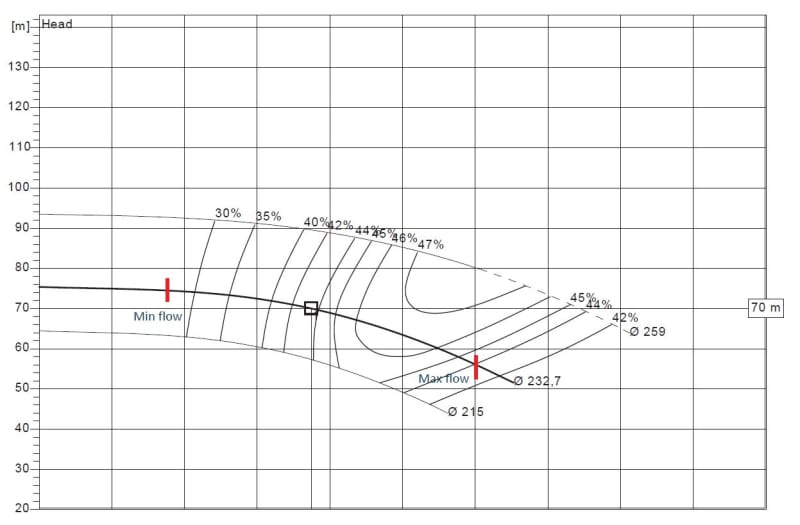Hello all,
New to the forum and new to the field of enginnering.
So i'm experiencing a situation very confusing in a potable water pump. It seems that everytime we start the pump, you see the manometer on the suction side going below zero and coming to 0.5 bar after some minutes. The discharge stays on the 70 head pressure and the recirculation valve opens about 60 to 70 percent. If you open fully a 3/4 inches drain in the network you see that the suction going down and tripping the pump and the recirculation valve of course closes.
For the record the suction line and discharge line are both 2" inches and the optimal NPSH is 2.55m with 15m3/h.
My question is why the suction side has so much pressure dropping and making it tripping?
Thank you.
New to the forum and new to the field of enginnering.
So i'm experiencing a situation very confusing in a potable water pump. It seems that everytime we start the pump, you see the manometer on the suction side going below zero and coming to 0.5 bar after some minutes. The discharge stays on the 70 head pressure and the recirculation valve opens about 60 to 70 percent. If you open fully a 3/4 inches drain in the network you see that the suction going down and tripping the pump and the recirculation valve of course closes.
For the record the suction line and discharge line are both 2" inches and the optimal NPSH is 2.55m with 15m3/h.
My question is why the suction side has so much pressure dropping and making it tripping?
Thank you.


